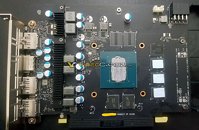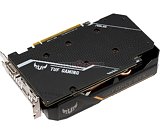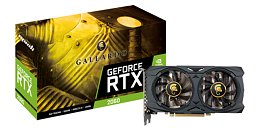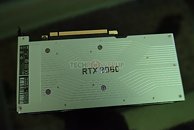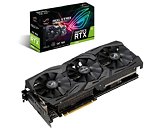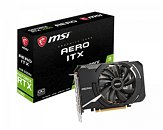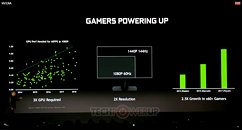
Dell Ends up Leaking Mobile GTX 1660 Ti Trying to Refute RTX 2050 "Typo"
Dell inadvertently confirmed that a mobile version of the GeForce GTX 1660 Ti graphics processor is in the works and coming to one of its G5 15 laptop models. The best part? The company was refuting the leak of another unannounced product, the "RTX 2050. " Calling it a typo, the company in a pop-up message for its G5 15 variant configurator. Apparently there are two main variants of this notebook, one with USB-C that has Thunderbolt, USB 3.1, and DisplayPort wiring; and another variant with just USB-C with USB 3.1 and DisplayPort minus Thunderbolt.
The company originally mentioned that variants with RTX 2060 and above get Thunderbolt, while those with "RTX 2050" only get USB 3.1 and DisplayPort out of their USB-C ports. In its correction, the company replaced "RTX 2050" with "GTX 1660 Ti." What the webmasters don't know is that mobile GTX 1660 Ti is unannounced, and it's unlikely that Dell is using a desktop GTX 1660 Ti on a notebook of this form-factor (this isn't one of those Eurocom-made desktop-replacement monstrosities).
The company originally mentioned that variants with RTX 2060 and above get Thunderbolt, while those with "RTX 2050" only get USB 3.1 and DisplayPort out of their USB-C ports. In its correction, the company replaced "RTX 2050" with "GTX 1660 Ti." What the webmasters don't know is that mobile GTX 1660 Ti is unannounced, and it's unlikely that Dell is using a desktop GTX 1660 Ti on a notebook of this form-factor (this isn't one of those Eurocom-made desktop-replacement monstrosities).










